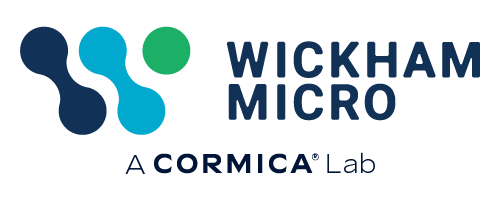Download PDF here
Description:
• Geobacillus stearothermophilus (G. stearothermophilus) is a rod-shaped, Gram-positive bacterium and a member of the division Firmicutes.
• First identified in 1920 and named Bacillus stearothermophilus; it was reclassified as a member of the genus Geobacillus in 2001.
Interesting Facts:
• The word Geobacillus means ‘soil or earth’ and ‘small rod’.
• The bacterium is a thermophile, is widely distributed in soil, hot springs, ocean sediment, and is a cause of spoilage in food products.
• G. stearothermophilus has an optimal growth temperature of 55°C, although it has been observed to survive temperatures as high as 130°C.
• Geobacillus bacteria are utilised in the biotechnology industry as sources of thermostable enzymes, as platforms for biofuel production, and as potential components of bioremediation strategies.
• To date over 60 Geobacillus genomes have been sequenced, mainly to identify genes that could be used in different biotechnological applications.
• These bacteria have a self-preservation technique – they can form endospores and can remain in this dormant stage for very long periods of time, until conditions for growth are favourable.
• G. stearothermophilus is used to verify decontamination of many laboratory processes as a biological indicator (BI).
Infection:
• G. stearothermophilus has not been observed to be pathogenic to any host.
• G. stearothermophilus has a significant role in the spoilage of food, especially milk and dairy products as it can survive the pasteurization process due to its heat-tolerance.
In the Lab / at Wickham Micro Ltd
• G. stearothermophilus in spore form is used as a challenge microorganism to inoculate paper or stainless-steel carriers, known as BIs. These BIs can be used in heat or hydrogen peroxide vapour (HPV) sterilisation / decontamination qualifications.
• A BI can be produced by inoculating and drying a known concentration of organism onto a carrier. These BIs can then be placed into equipment (in the case of the autoclave) or areas to be decontaminated. Once the decontamination cycle or process is complete (either autoclave or by HPV) the BIs will be removed and incubated in appropriate growth media at 55-60°C and observed for growth.
• At Wickham Laboratories, we perform an independent population verification for our clients before they use BIs in their equipment qualifications.
• G. stearothermophilus will grow at 55-60°C within 24 hours, however most standards require a minimum of 7 days incubation in case of slow growth induced by the stress of the decontamination process.
• Presumptive growth can then be confirmed using identification techniques such as MALDI-ToF (Matrix Assisted Laser Desorption lionization-time of Flight).
Fact Sheet
Fact Sheet: Geobacillus stearothermophilus
Posted 9th January 2018 by Wickham Micro



